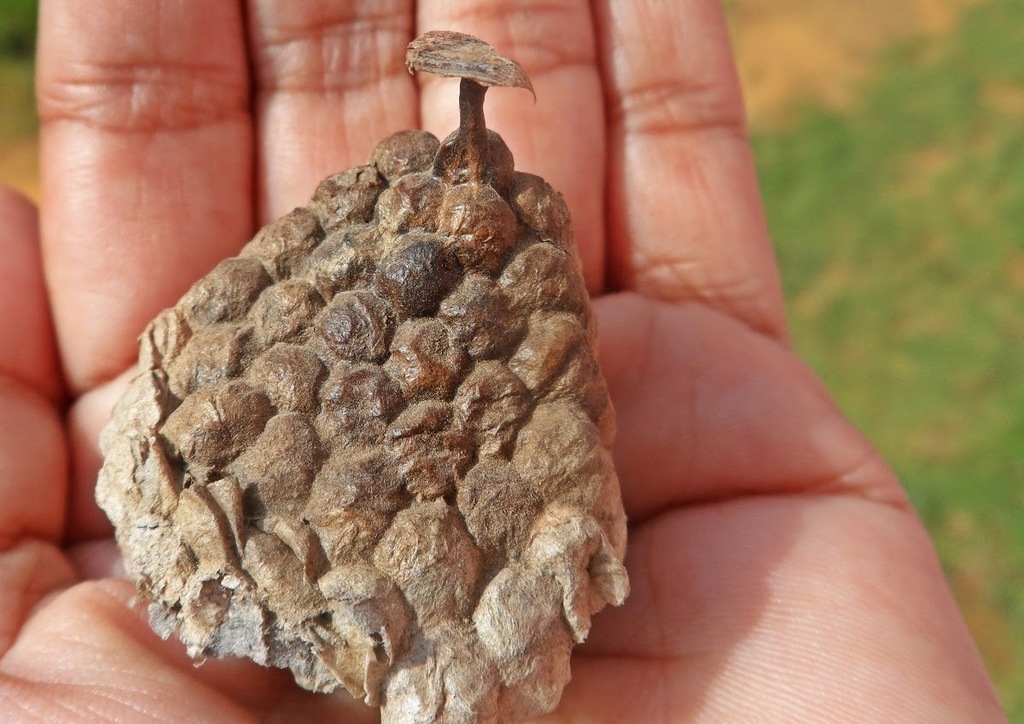Obs de quintal - backyard observations - Synargys calyce
Durante vários anos, observei lagartas da borboleta Synargis calyce (Riodinidae) na planta hospedeira Terminalia catappa (Combretaceae), no meu quintal no Brasil. Embora a planta Terminalia catappa não seja nativa do Brasil, é bastante comum em meu país, ocorrendo principalmente na região Sudeste, estando presente ao longo das orlas e sendo cultivada como planta ornamental nas ruas e grandes quintais urbanos, e a espécie Synargis calyce se adaptou com sucesso às características da planta.
translator
For several years, I observed Synargis calyce (Riodinidae) butterfly caterpillars on the host plant Terminalia catappa (Combretaceae), in my backyard in Brazil. Although the Terminalia catappa plant is not native to Brazil, it is quite common in my country, occurring mainly in the Southeast region, being present along the coast and being cultivated as an ornamental plant in the streets and large urban backyards, and the species Synargis calyce has successfully adapted to the characteristics of the plant.

A lagarta da borboleta Synargis calyce tem um ótimo relacionamento ecológico com a Terminalia Catappa. Os ovos são brancos e arredondados, colocados nos brotos terminais da planta. A lagarta emerge e permanece no final dos galhos, na parte mais jovem, onde a cor verde aveludada do galho novo deixa a pequena lagarta Synargis calyce camuflada.
translator
The Synargis calyce butterfly caterpillar has a great ecological relationship with Terminalia Catappa. The eggs are white and rounded, placed on the terminal shoots of the plant. The caterpillar emerges and remains at the end of the branches, in the youngest part, where the velvety green color of the new branch leaves the small Synargis calyce caterpillar camouflaged.

Ao longo do dia, as formigas do gênero Camponotus ficam próximas ou nas lagartas, em uma associação harmoniosa mutualista que favorece a lagarta e a formiga. As lagartas Synargis calyce são organismos mirmecófilos sofisticados, possuem, no final do abdômen, órgãos especializados que, secretam néctar para as formigas do gênero Camponotus. A presença de formigas Camponotus pode ajudar a reduzir o parasitismo dessas lagartas por vespas parasitoides.
translator
Throughout the day, the ants of the genus Camponotus stay close or on the caterpillars, in a harmonious mutualistic association that favors the caterpillar and the ant. Synargis calyce caterpillars are sophisticated myrmecophilous organisms, possess, at the end of the abdomen, specialized organs that secrete nectar for Camponotus ants. The presence of Camponotus ants can help to reduce the parasitism of these caterpillars by parasitic wasps.

Quando a lagarta Synargis calyce está madura, ela migra para as partes marrons da planta, nos troncos e galhos grossos. A pupa é minúscula, marrom como os galhos da Terminalia catappa, deixando-a perfeitamente camuflada, assemelhando-se surpreendentemente a uma cicatriz do galho, dificilmente percebida como um organismo vivo. Semanas depois, a pequena borboleta adulta emerge da pupa para reiniciar o ciclo de vida dessa espetacular espécie nativa das matas do Brasil.
translator
When the Synargis calyce caterpillar is mature, it migrates to the brown parts of the plant, on the trunks and thick branches. The pupa is tiny, brown as the branches of Terminalia catappa, leaving it perfectly camouflaged, surprisingly resembling a scar from the branch, hardly perceived as a living organism. Weeks later, the small adult butterfly emerges from the pupa to restart the life cycle of this spectacular species native to the forests of Brazil.































